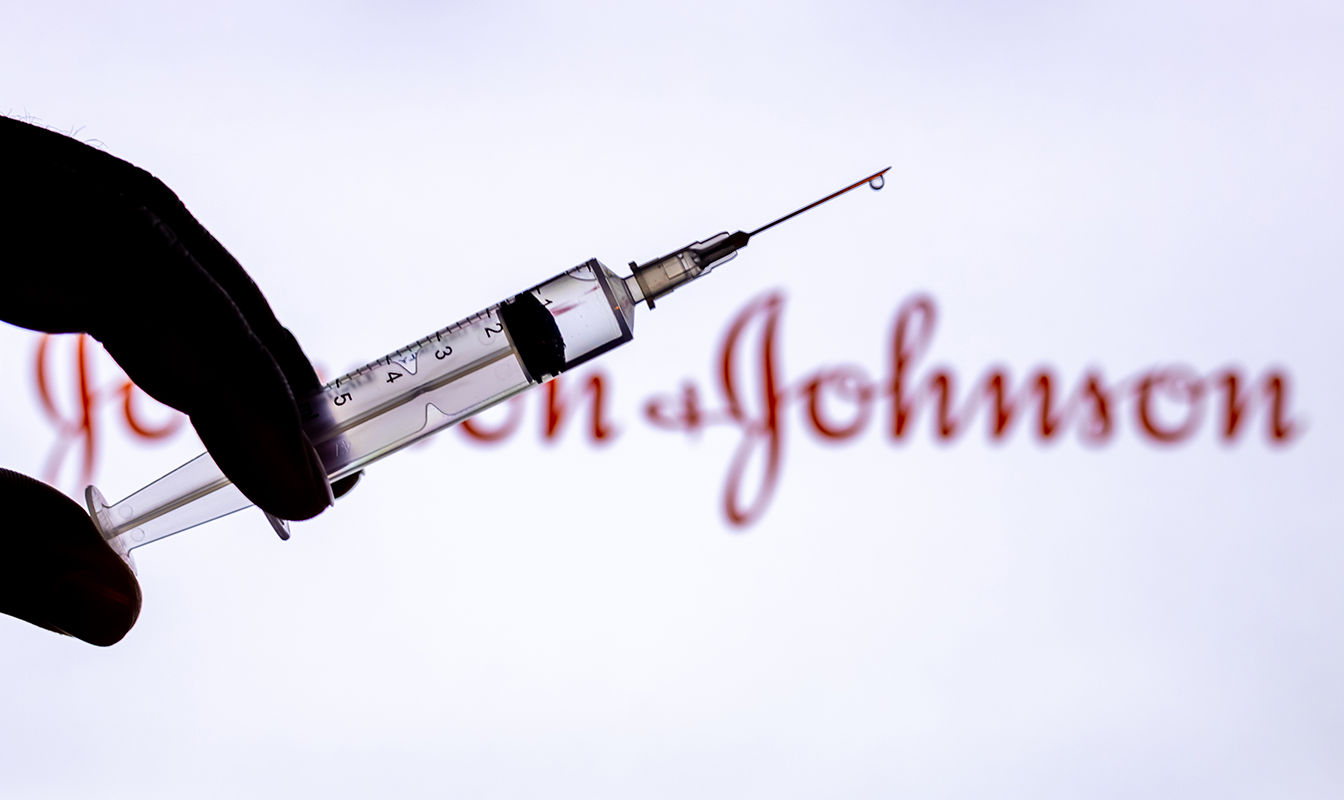Ever since its successful recovery from the crisis created by the deaths of seven Chicago-area people from using Tylenol in September 1982, Johnson & Johnson has been hailed by the PR world as having established the gold standard of crisis response.
The company defied convention with exceptional transparency, even inviting the media into its Board meeting, and voluntarily recalled product at a time when that was practically unheard of. The results were astounding. “Marketers predicted that the Tylenol brand, which accounted for 17 percent of the company’s net income in 1981, would never recover,” the New York Times wrote “A year later, its share of the $1.2 billion analgesic market, which had plunged to 7 percent from 37 percent following the poisoning, had climbed back to 30 percent.”
But for just about as long as it has been regarded as the gold standard, my view has been, “yes, but. . . .” Why the skepticism? While J&J’s transparency and swift corrective action was laudable and no doubt played a role, the crucial fact in that case was that the bad actor was a third party — someone who had no connection to the company at all — who had tampered with the product after it had reached retail shelves. As Jeff Hunt notes in “Brand Under Fire,” successful crisis response depends on making sure someone else is the villain, and in this case, pointing out the villain turned out to be exceptionally easy and — this is crucial — it became clear early on in the crisis.
What, I always wondered, would have been the outcome had J&J itself been at fault? What would have been the response, and how successful would it have been, had their manufacturing process been to blame rather than a criminal outsider? Would we have seen the same transparency? The same rapid resurgence of public trust? The same brand recovery?
Well, all these years later, we may now have an opportunity to find out the answer — and while it’s too soon to say, “I told you so,” the differences between this event and the Tylenol response are becoming apparent.
To recap: Johnson & Johnson entered the Covid vaccine marketplace with a vaccine that had two enormous advantages over the other two that had been approved for use in the United States: Unlike the Moderna and Pfizer competition, the J&J vaccine required only one rather than two injections, and could be stored at room temperature rather than the deep freeze the others required. That makes the vaccine easier to transport, store, and administer, advantages that are especially crucial in hard-to-reach areas and for individuals who have to travel long distances for each injection.
But then bad news: because of a manufacturing error for an ingredient in a Baltimore plant belonging to Emergent BioSolutions, 15 million doses of the vaccine had to be discarded. Initially it appeared J&J was successful in containing the damage: the company had identified the problem on its own through normal QC activity, none of those doses reached the public, and the Biden administration said the shortfall wouldn’t affect its ambitious targets.
So far, so good. But, as is so often the case, the flow of events began to rapidly escalate. News came that the plant had a history of problems. Then, in what appears to be an unrelated development, reports of rare but potentially dangerous blood clots began to appear as a potential side effect of the J&J vaccine. (Similar reports had been made regarding a vaccine from AstraZeneca that had been approved in Europe but not the U.S.)
The blood clots may have caused the death of a woman in Oregon – a fact that had been reported to the CDC but not the public until days later – and on April 20 the CDC recommended a “pause” in administering the J&J vaccine.
The matter is not over, and to be fair, there are serious scientific questions as to whether the clots are even related to the vaccine. Certainly, the matter is more complex than the Tylenol event was.
And that’s the point. In important ways, the Tylenol crisis had aspects that are seldom replicated in the more typical corporate crisis. A villain outside the company was quickly identified, a solution to rebuild public trust could be put in place and executed quickly (the recall), and a long-term improvement to maintain that trust (tamper-resistant packaging) was also quickly instituted.
None of those options would appear to available here, where the company must confront manufacturing failures and a great degree of uncertainty about the cause-and-effect relationship for the blood clots. Not surprisingly, J&J’s response doesn’t feel as nimble, bold, or sure-footed as it did in the Tylenol matter.
Are there things they could be doing better? Perhaps. A clearer explanation of the manufacturing process and where it fell short might help, along with some explanation of what they’re doing differently now. A higher profile for the CEO, along with more forceful remarks about what they are doing to fix the problem might be helpful, but it’s easy to imagine that would be more effective if the crisis were limited to the manufacturing issue. Even there, high-tech pharmaceutical manufacturing processes are a lot harder to describe – and understand – than the safety benefits of wrapping consumer products in cellophane.
The real lesson may be that the Tylenol crisis owes its fame in part to its uniqueness. J&J was able to convince the public that it, too, was a victim. That’s a playbook effectively followed when companies are victims of cyber attacks, mass shootings, and other criminal acts. But when the issue is the safety of a company’s product, especially a health-related product, it’s rare that the company will have the opportunity J&J did with Tylenol to identify an external villain. The more typical experience, with its attendant reputational damage, is a great deal more challenging.
Bill Feldman is a senior counselor with Legend Labs.

